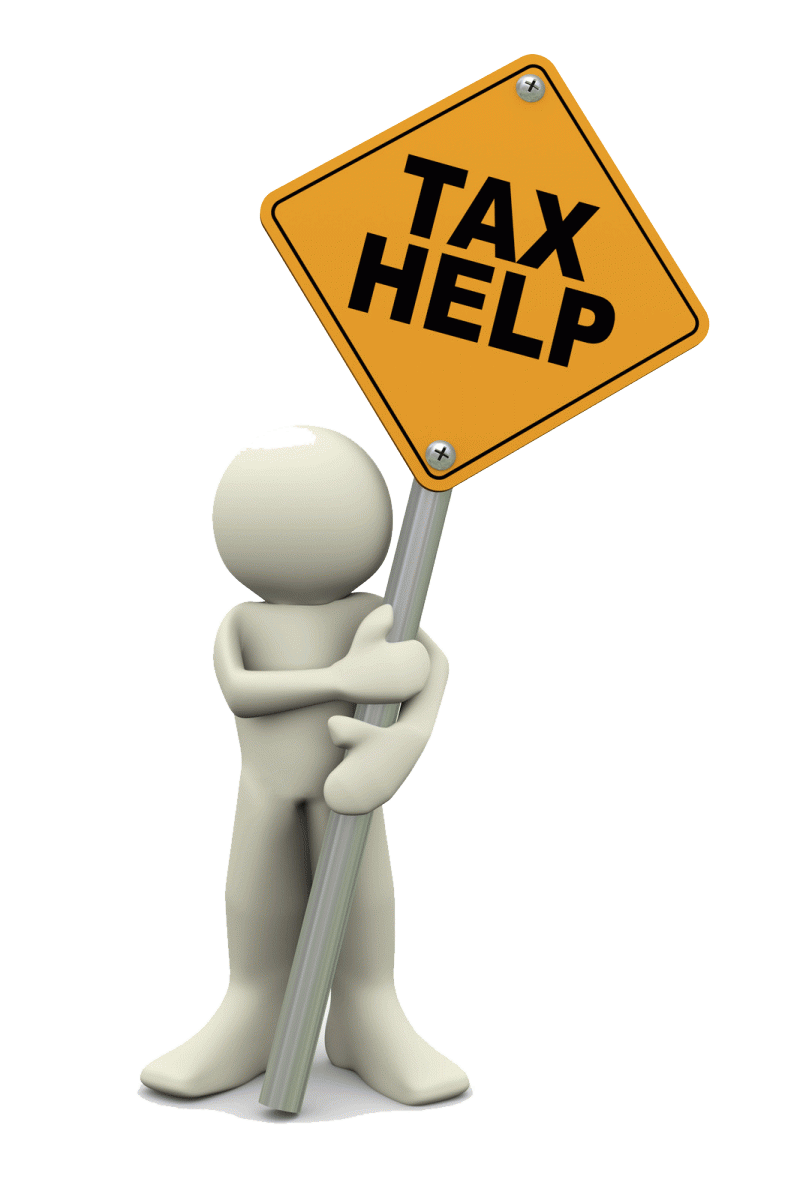15 September 2014
When you use a tax roll from yesteryear, how do you use it? Do you simply search for the individuals of interest and copy their data? Or do you
-
Run statistics for their county and compare the individual to the average or the mean, to determine the economic standing of your person of interest?
-
Consider what might be extrapolated from your person's ownership of certain taxable items as opposed to other taxable items? If your 1860 person, say, was of average means in a county in which most individuals of his economic bracket owned slaves but he owned none, what might that tell you about his ideology?
-
Record all taxable categories that year—including those for which your person-of-interest paid no taxes?
-
Search for context that helps to distinguish one taxpayer from another? If he did not own land, then surrounding taxpayers on the list may point to his community.
-
Note the additions or deletions that occur from one year to the next, on your person's list of taxable items? If real estate has been disposed of, do you read the entire tax roll, all columns, in an effort to determine who may have acquired that property and the means by it was transferred?
-
Search out the tax laws for each year, each place, you have a tax roll to work from? Do you seek both the state law, which is only periodically revised, and the one typically passed each year by the local governing body?
Tax rolls offer a wealth of opportunities to resolve research problems—if we use them creatively, of course.
PHOTO CREDIT: "3d man with tax help sign board," CanStockPhoto (http://www.canstockphoto.com/images-photos/taxes.html#file_view.php?id=12851397 : downloaded 16 September 2014), uploaded by nasir1164; used under license.